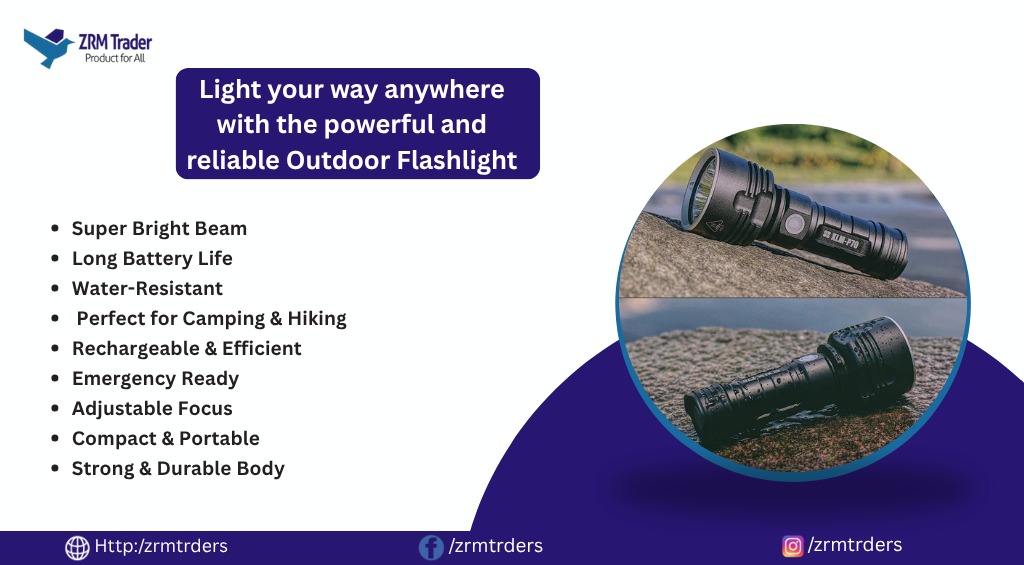
Outdoor Flashlight:
The Unsung Heroes We Tend to Ignore:
When was the last time you considered your outdoor flashlight. Probably not very recently. It’s one of those ubiquitous tools we stash in a drawer, glove compartment, or backpack and forget—until, when the lights go out or when we’re lost in the dark.
At that moment, the unassuming outdoor flashlight or torch becomes a lifesaver, lighting the way, comforting our fears, and reminding us why this simple gadget is such an extraordinary invention.
In this blog, we’ll dive deep into the world of outdoor flashlight. From their history and evolution to modern-day uses, types, and even some surprising facts, this article will explore why these small beams of light have such a big impact on our daily lives.
A Brief History of Flashlights and Torches:
The concept of taking light with us is as ancient as fire itself. Prior to electricity, humans had to use candles, oil lamps, or actual blazing torches to illuminate their way. It worked, but it was cumbersome, hazardous, and not entirely dependable.
The modern outdoor flashlight was born in the late 19th century after the invention of the dry cell battery and the incandescent light bulb. In 1899, British inventor David patented what we now know as the flashlight.
Early models weren’t very practical—they used weak bulbs and zinc-carbon batteries that didn’t last long. The name “flashlight” actually came from the fact that users had to give it a quick “flash” of light before the battery drained.
Since then, outdoor flashlight have been transformed by technology. From halogen lamps to incandescent bulbs, and now energy-efficient, powerful LED, today’s torches are more powerful, longer-lasting, and more versatile than ever before.
Why Flashlights and Torches Remain Essential Today:
We live in the age of smartphones (all of which feature built-in flashlights), so it may seem that flashlights are no longer necessary. Not so. Here’s why:
Reliability in Emergencies:
Your phone outdoor flashlight is handy, but it drains your battery quickly. In a power outage, storm, or survival situation, preserving phone battery for communication is critical. A dedicated flashlight can run for hours without interruption.
Brightness and Range:
outdoor flashlight are designed specifically to illuminate large areas, long distances, or specific tasks. A high-powered torch can reach hundreds of meters—something your phone light can’t do.
outdoor flashlight are designed to endure harsh environments. Most are waterproof, shock-resistant, and designed for outdoor excursions. Phones are delicate by comparison.
Specialized Applications:
From camping headlamps to law enforcement tactical flashlights, specialized designs render flashlights must-haves.
Types of Flashlights and Torches:
Not all flashlights are the same. Here’s a rundown on the most prevalent types:
These are your everyday home torches—easy, dependable, and ideal for blackouts or locating things under the bed.
1. LED Flashlights:
Now ubiquitous, LED flashlights are efficient with energy, long-lasting, and extremely bright. They’ve displaced old bulbs nearly everywhere.
2. Headlamps:
Fixed on the head by an elastic band, headlamps are favorites among hikers, campers, and auto mechanics needing hands-free illumination.
3. Rechargeable Flashlights:
Environmentally friendly and budget-friendly, these flashlights have integrated batteries that can be charged using USB or solar chargers.
4. Tactical Flashlights:
These outdoor flashlight, intended for military and law enforcement use, are compact, extremely bright, and designed to serve as self-protection weapons.
5. Lanterns:
Ideal for camping or disaster preparedness, lantern-type torches emit light in every direction rather than a concentrated beam.
6. Mini Keychain Flashlights:
Small and powerful, these purse-sized torches are great for everyday carry.
Common Uses of Flashlights:
outdoor flashlight may be basic, but their applications are limitless. Here are some examples where they excel (pun intended):
Power Outages: The most obvious use—to keep homes lit and secure when the power goes down.
Camping and Hiking: They’re a must-have for hiking trails, pitching tents, or locating firewood once darkness falls.
Roadside Emergencies: Having a flashlight in the glove compartment can facilitate changing a tire or signaling for assistance.
Home Repairs: Repair a leaky pipe behind the sink or inspect the attic – a flashlight is essential.
Outdoor Adventures: Fishing, hunting, or spelunking all need reliable lighting.
Safety and Self-Defense: A bright tactical flashlight can momentarily blind an attacker, providing you with valuable seconds to get away.
Flashlights in Survival and Preparedness:
Preppers and survivalists also praise flashlights as one of the top ten items. Picture being stuck in the dark—it’s not only a nuisance, it can be deadly.
Desirable features survivalists seek in a flashlight:
Long battery life
Waterproof housing
Multiple light settings (low, high, strobe, SOS)
Compact yet rugged build:
Others even suggest having more than one flashlight: one for the house, one for the vehicle, one for your emergency kit, and a small every-day carry option.
Selecting the Right Flashlight:
With so many to choose from, how do you select the correct flashlight? Keep these considerations in mind:
Brightness (Lumens) – More lumens = more light. For general use, 100–300 lumens is adequate. For outdoor excursions, seek 500+ lumens.
Beam Distance – Do you require lighting for a room or trail 200 meters in front of you?
Battery Type – Rechargeable vs. disposable. Rechargeables are cheaper, but disposables can be pre-stocked for emergencies.
Durability – Drop resistance, water resistance, and heavy-duty materials matter.
Size and Weight – A large flashlight may not be convenient to carry around on a daily basis.
Special Features – Strobe modes, zoom focus, or magnetic bases provide added convenience.
Fun Facts About Flashlights:
The world’s most powerful outdoor flashlight, the Imalent MS18, emits a whopping 100,000 lumens—enough to illuminate a whole football field.
Some flashlights have integrated radios, solar panels, or even phone chargers, making them ultimate survival devices.
Astronauts employ special flashlights specifically made to function in zero gravity.
In Japan, it’s usual for homes to maintain emergency outdoor flashlight in all the rooms because of frequent earthquakes.
Caring for Your Flashlight:
A flashlight and torches is only useful if it functions when you do. Some simple maintenance tips below:
Regularly check the batteries to prevent corrosion.
Keep in a dry, cool place to extend battery life.
Charge every month if it’s a rechargeable one.
Carry spares—spare batteries or a spare torch.
The Human Side of Flashlights:
Aside from the technical specifications, outdoor flashlight play an emotional part as well. Consider this: light provides comfort. A child holding a tiny flashlight during a storm is safer.
A camper showing friends the way with a lantern shares memories that will last a lifetime. A rescuer casting a beam into debris offers hope to those who are trapped.
The beam from a flashlight is not merely light—it’s consolation, direction, and often survival.
Final Thoughts:
In a world of gadget-filled ubiquity, the outdoor flashlight may appear mundane, but it is one of the most useful and versatile items we possess. From everyday household applications to lifesaving emergencies, flashlights and lanterns continue to serve their purposes.
The next time you reach for your outdoor flashlight , don’t take it for granted. That little patch of light is not just about brightness—it’s about safety, readiness, and human innovation.
So, whether you’re hoarding for emergencies, organizing your next camping adventure, or merely replacing the batteries in your trusty old torch, remember this: a good flashlight isn’t merely a gadget, it’s peace of mind.
Flashlights and Torches: The Everyday Heroes We Often Overlook:
When did you last consider your outdoor flashlight ? I bet rarely. It’s one of those quotidian instruments we stick in a drawer, glove compartment, or knapsack and forget—until, oops, the lights suddenly go out or we get stuck in the dark.
At that point, the humble torch or outdoor flashlight becomes a lifesaver, lighting our path, calming our fears, and recalling to mind why such a low-tech gadget is so much of a high-impact invention.
In this blog, we’ll dive deep into the world of outdoor flashlight and torches. From their history and evolution to modern-day uses, types, and even some surprising facts, this article will explore why these small beams of light have such a big impact on our daily lives.
A Brief History of Flashlights and Torches:
The concept of having light in our possession is as old as fire itself. Prior to electricity, humans used candles, oil lamps, or literal burning torches to illuminate the way. These were effective, but they were messy, hazardous, and not always reliable.
The outdoor flashlight of today was created in the late 19th century after the development of the dry cell battery and incandescent light bulb. In 1899, British inventor David patented the flashlight we recognize today.
Initial models were not very useful—weak bulbs were used along with zinc-carbon batteries that short-lived. The term “flashlight” literally came about because users needed to provide it with a brief “flash” of light before the battery died.
Since then, technology has transformed outdoor flashlight. From incandescent to halogen lamps, and now bright, energy-saving LEDs, today’s torches are brighter, longer-lasting, and more versatile than ever.
Why Flashlights and Torches Remain Important Today:
In our smartphone world (which all have flashlights built-in), some may ask: Do we still need dedicated flashlights? The answer is a resounding yes. Why?
Reliability in Emergencies:
Your phone light is convenient, but it sucks your battery dry fast. During a power outage, storm, or survival scenario, it is important to save phone battery for communications. A dedicated light can go on for hours without stop.
Brightness and Range:
outdoor flashlight are tailor-made to light up big spaces, long ranges, or particular tasks. A powerful torch can shoot hundreds of meters—your phone light cannot.
Durability
outdoor flashlight are designed to survive in rough environments. They’re often waterproof, shock-resistant, and designed for outdoor excursions. Cell phones are delicate by comparison.
Specialized Applications
From camping headlamps to tactical lights used by police, specialized designs render flashlights a vital tool.
Other Flashlights and Torches:
All flashlight and torches are not the same. This is a list of the most typical types:
1. General Flashlights:
These are your run-of-the-mill household torches—easy, dependable, and ideal for blackouts or digging out treasures under the bed.
2. LED Flashlights:
Today’s industry standard, LED
3. Headlamps:
Held on the head with an elastic band, headlamps are the favorite of hikers, campers, and mechanics who require hands-free lighting.
4. Rechargeable Flashlights:
Environmentally friendly and economical, these flashlights incorporate internal batteries that may be charged using USB or solar panels.
5. Lanterns:
Ideal for camping or survival purposes, lantern-style outdoor flashlight distribute light in every direction rather than a beam.
6. Mini Keychain Flashlights:
Tiny but powerful, these small, pocket-sized flashlights are a practical choice for everyday carry.
Daily Applications of Flashlights:
Flashlights may appear basic, but their applications are limitless. Below are a few examples where they are useful (pun not intended):
Power Outages: The everyday use—keeping houses secure and lit when the power is out.
Camping and Backpacking: Needed for walking down trails, pitching tents, or locating wood for fires after dark.
Roadside Accidents: Having a on the glove compartment can make tire changing or flashing for assistance much more convenient.
Home Maintenance: Whether you are repairing a leaky pipe under the kitchen sink or inspecting the attic, a flashlight is an essential tool.
Outdoor Recreation: Fishing, hunting, or caving all demand reliable light.
Safety and Self-Protection: A bright will have a momentary effect of blinding an attacker, providing you with valuable seconds to get away.



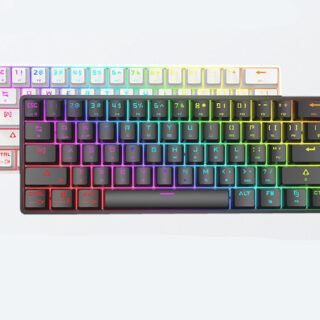
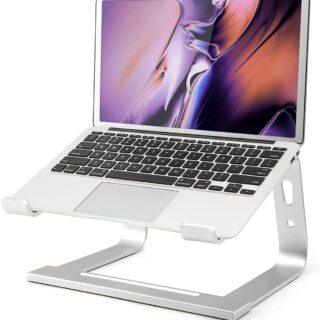
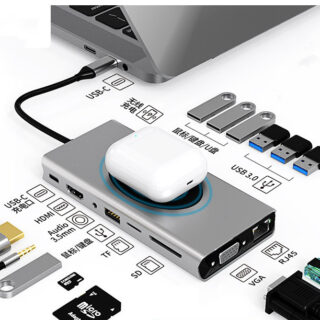


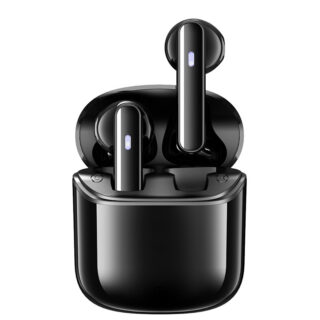
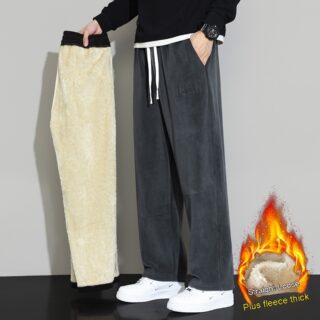



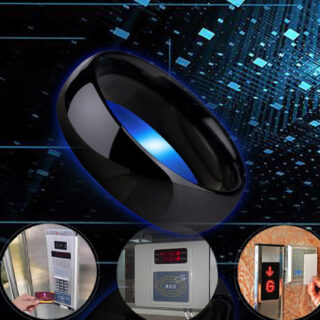

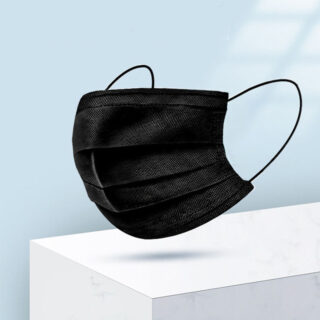
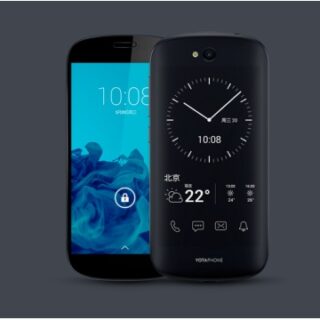


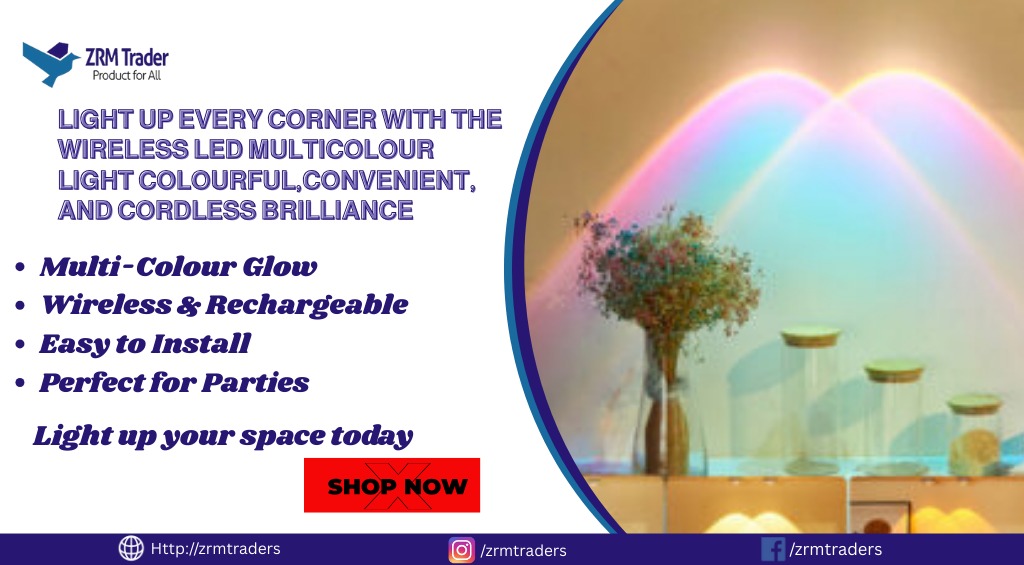

Leave a Reply